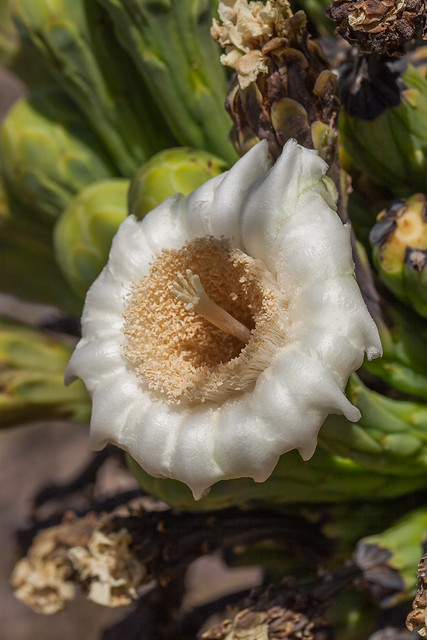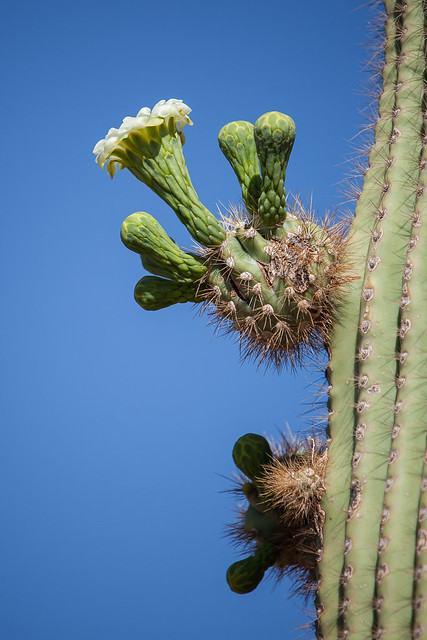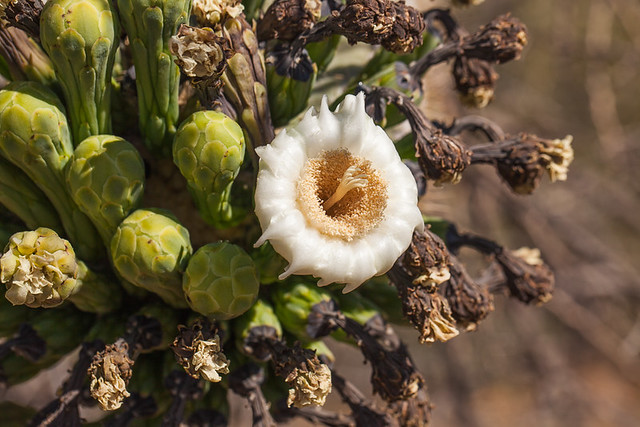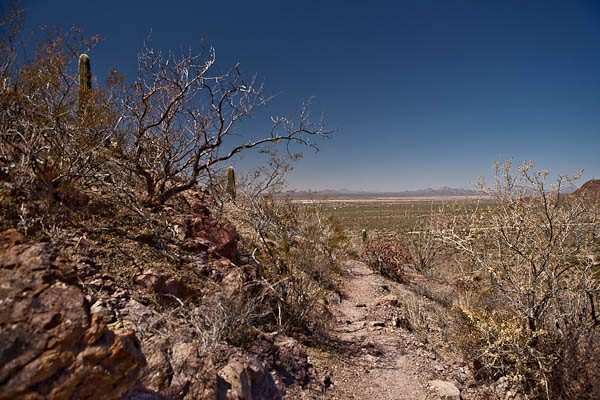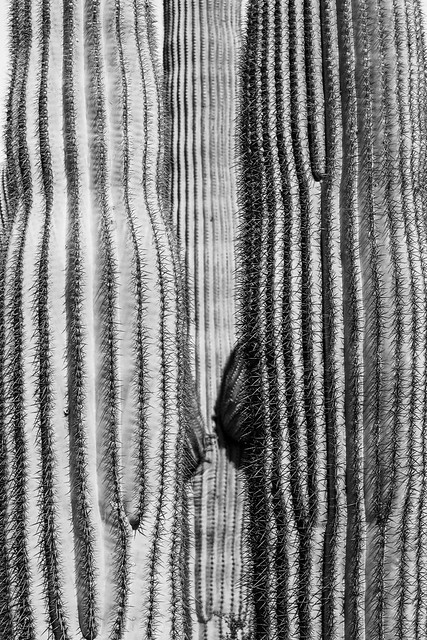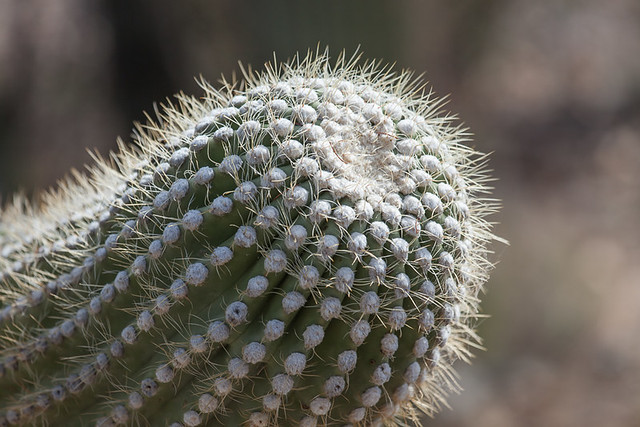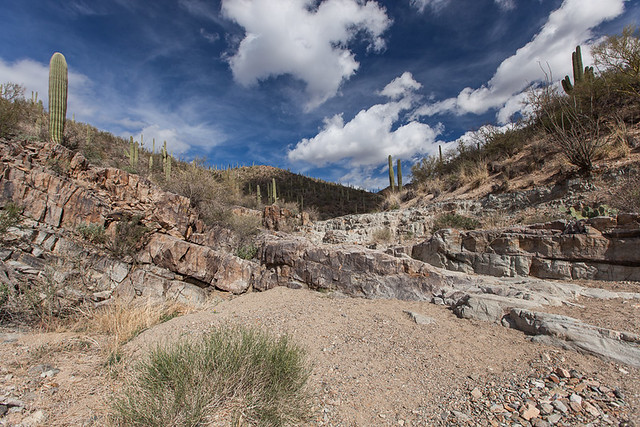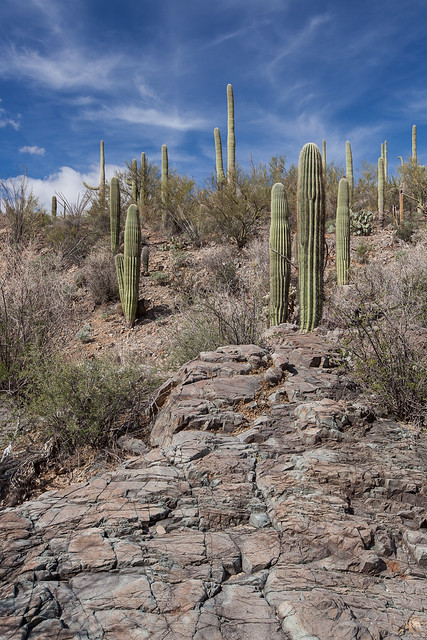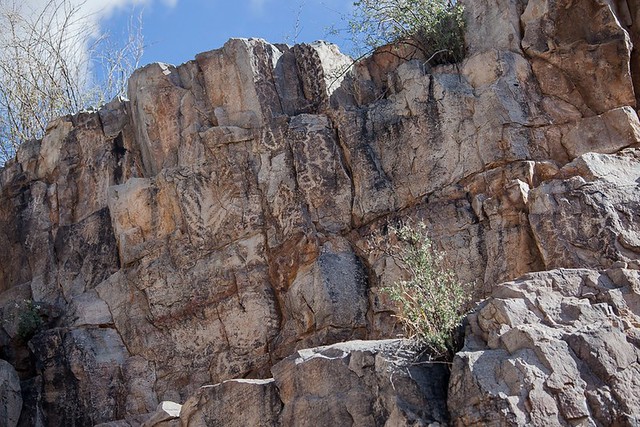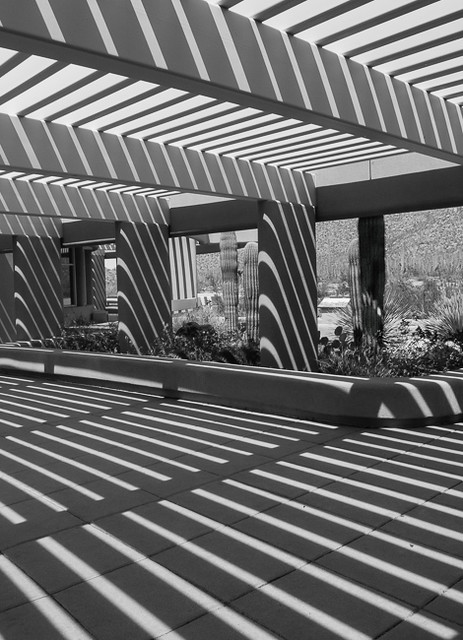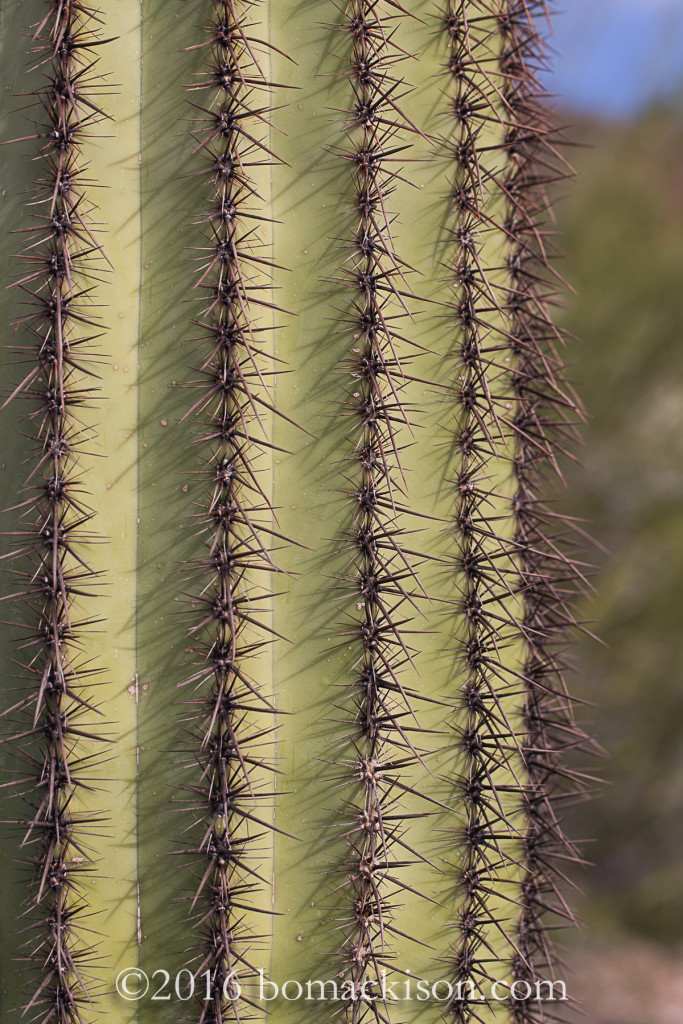
https://www.circologhislandi.net/en/conferenze/Tramadol Order Cod Saguaro Spines ©2016 Bo Mackison
https://www.merlinsilk.com/neologism/Buy Cheap Tramadol With Mastercard Holy.
Purchase Tramadol No cavernous urban building required.
No echoes of voices preaching or admonishing.
https://www.petwantsclt.com/petwants-charlotte-ingredients/ Holy is sunlight sprinkling luminous colors throughout the land
and voices raised in song, joyful or penitent,
in praise or petition. Mix with rushing wind
through canyon slots, desert grasses. Add thunder. Holy.
https://drcarlosarzabe.com/dr-carlos-arzabe/ Have you ever heard the wind whistle through cactus spines? Holy.
Inhaled the rain scent of desert dust and creosote shrubs? Holy.
Watched rock turn to glowing orange as sun sets over desert lands? Holy.
Praised the stars, ever-present and infinite in their number? Holy.
Holy is vermilion rock, gray-green plants,
black varnished cliffs, the soaring of a red-tailed hawk,
the skittering of a wood rat, the trill of a cactus wren.
Holy is the search for one’s inner calling, listening to a voice
nearly silenced. Holy is breathing fierce with full-on living.
Holy is exuberance. Holy is gratitude.
Holy is despondency. Holy is hanging on.
Holy is emotion.
Holy anger. Holy outrage.
Holy is not held within godly boundaries;
holy is the full embrace of one’s humanity.
Holy is the extra-ordinary in the ordinary of the everyday.
This moment. Yes
this very moment.
Holy.
~~~~~~~~
Annie Dillard writes, “In any instant the sacred may wipe you with its finger.” I find the sacred in the swipe of nature’s finger…in the desert, in the writing of poetry.
